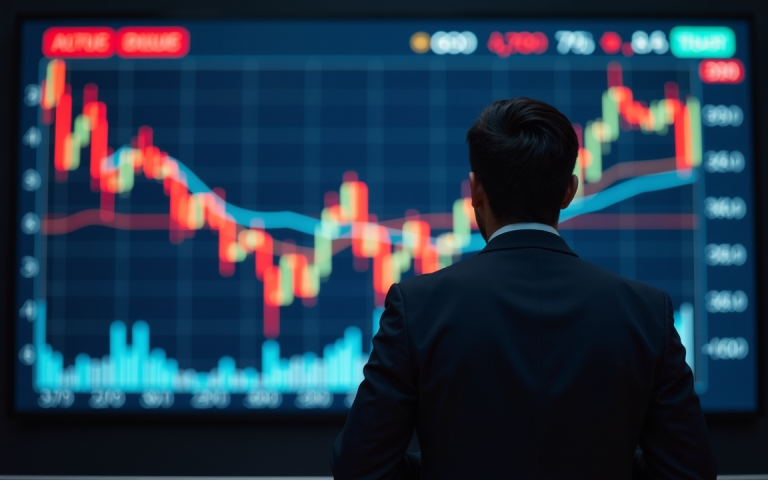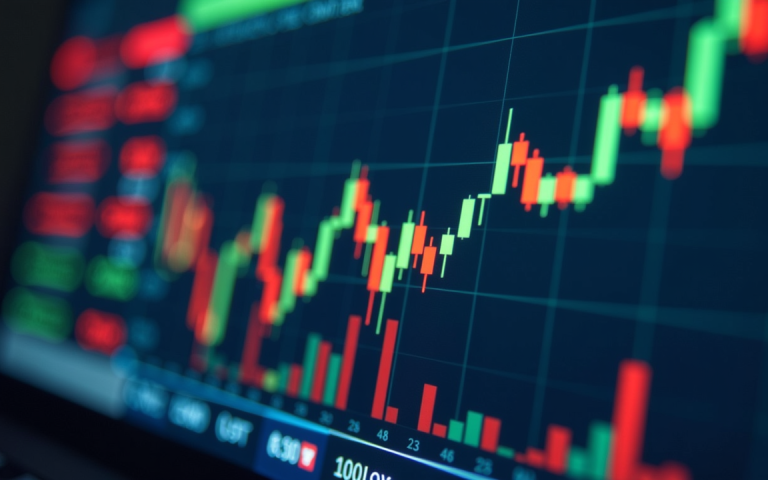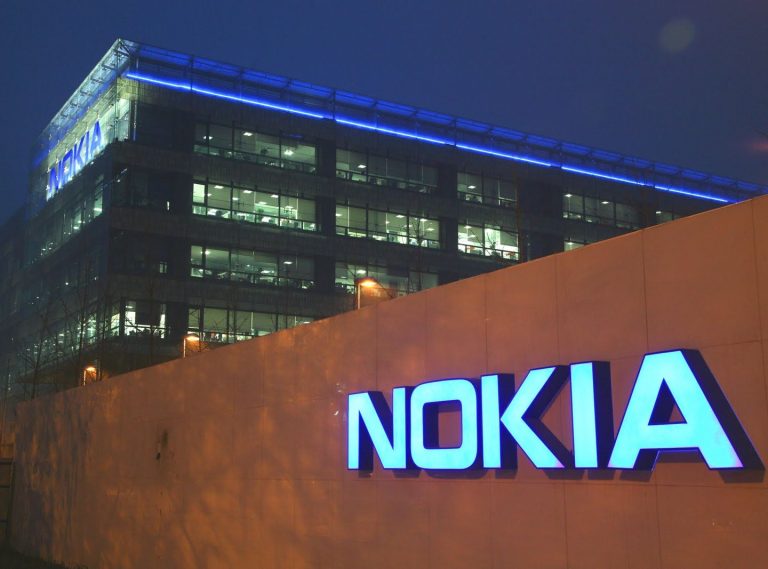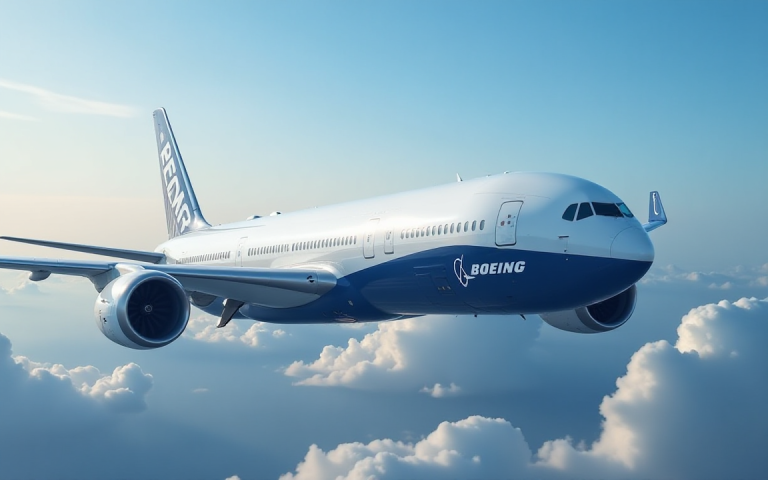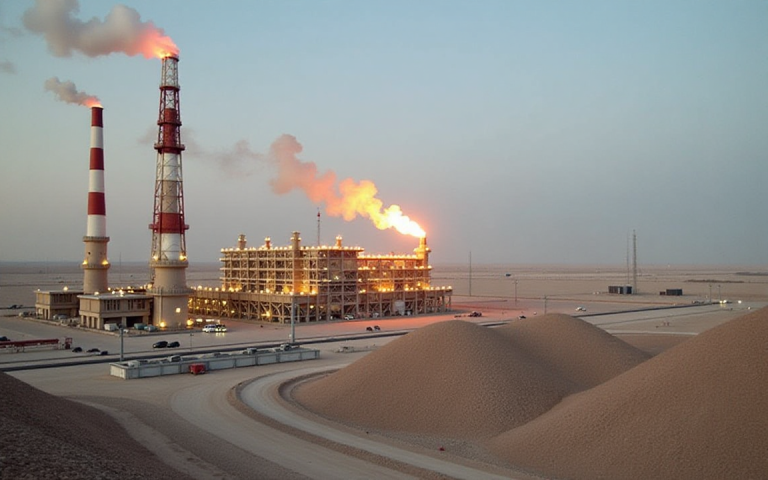CartelFi is a meme coin project with a DeFi foundation, aiming to transform volatile tokens into income-generating assets.
With staking pools, deflationary tokenomics, and a capped 1 billion token supply, CartelFi has already drawn over $1 million in presale investment.
The CARTFI token started at $0.0251 and has reached $0.0352 as it enters the eighth stage of its 90-day presale.
The price is set to rise 5% every three days until it reaches a final presale price of about $0.10. With the platform set to launch in Q3 2025, investors are weighing how high the price could go by year-end.
Presale demand shows investor interest in CartelFi
The CartelFi presale raised $500,000 in the first 24 hours alone. With a total supply of 1 billion tokens and 25% allocated to presale buyers, the project has generated strong early momentum.
The platform is designed to let users stake meme coins like PEPE, Floki, and Wojak in single-asset pools, earning up to 1000% APY without needing to sell.
CartelFi also uses a buyback-and-burn model, where platform fees purchase CARTFI from the market and burn 50% of it, creating deflationary pressure.
With this dual value proposition—meme culture plus DeFi rewards—CartelFi is setting itself apart from typical hype-driven tokens.
This unique appeal has led analysts to speculate that the token could climb beyond its final presale price quickly, especially if trading launches in a bullish market environment.
How high can CARTFI go by end-2025?
In a bullish scenario, if the broader crypto market recovers and CartelFi delivers on its staking roadmap, the token could trade well above $0.10 by the end of 2025.
A market capitalisation in the range of $100 million to $300 million could push CARTFI into the $0.20 to $0.30 range.
This would represent a 2x to 3x return post-listing for final-stage presale investors, and significantly more for early-stage participants.
A more moderate scenario would see the token trading between $0.12 and $0.18 by year-end, supported by steady user growth and positive platform performance.
However, delays in platform rollout or weak market sentiment could hold prices near the listing level of $0.10 or below.
CartelFi vs PEPE, Floki, and other meme coins
Unlike PEPE or Floki, which largely depend on community hype and token momentum, CartelFi combines entertainment value with built-in utility.
PEPE reached a $1.6 billion market cap within weeks of launch but lacked yield mechanisms or token burning.
Floki introduced utility later through gaming and DeFi, but its token remains highly volatile and heavily driven by marketing.
CartelFi, in contrast, integrates yield generation from the outset. Its staking pools provide tangible reasons for holding the token, while the deflationary model supports long-term price appreciation.
This positions it to retain value better than hype-driven tokens that often struggle after the initial surge.
Can CartelFi sustain growth after launch?
CartelFi enters the market at a time when meme coins are again gaining traction.
Its early presale success, capped supply, and DeFi roadmap suggest that it could carve out a niche beyond the typical pump-and-dump cycle.
If it delivers on its Q3 2025 platform rollout and attracts users from established meme communities, it could outperform its peers by year-end.
That said, CartelFi still carries the risks common to all early-stage crypto projects. Its success will hinge on execution, community adoption, and broader market trends.
But for investors looking beyond passive speculation, CartelFi offers a differentiated play in the meme coin ecosystem.
The post CartelFi price prediction 2025: can it outperform PEPE and Floki? appeared first on Invezz


